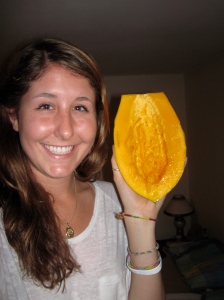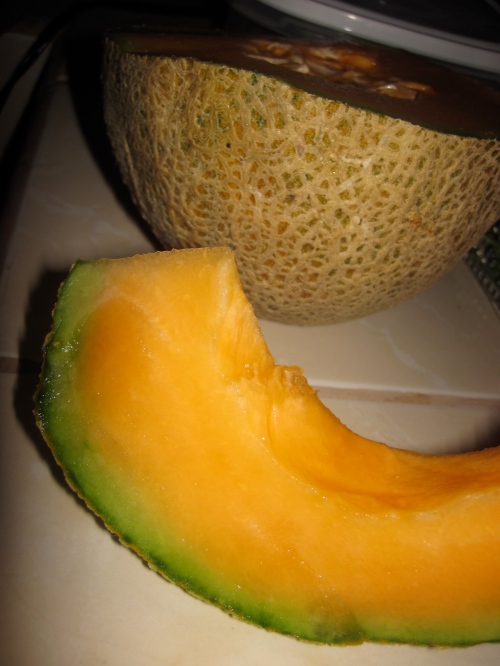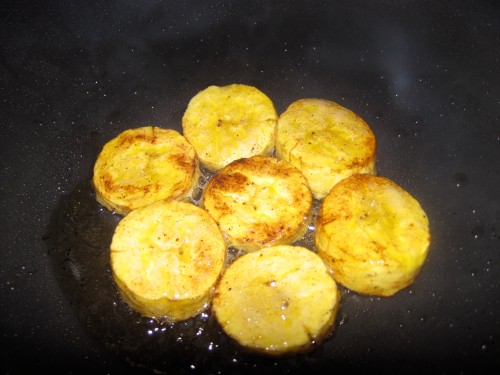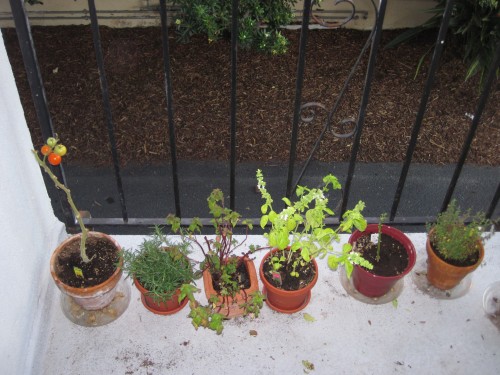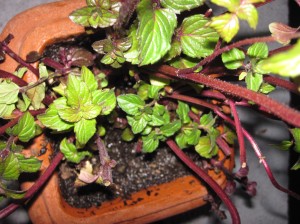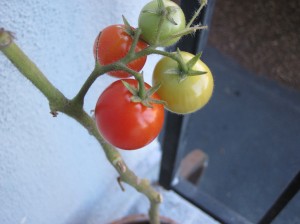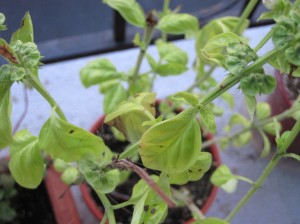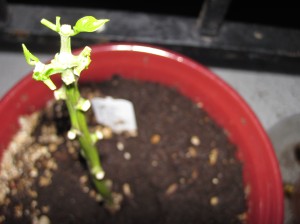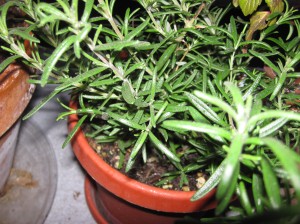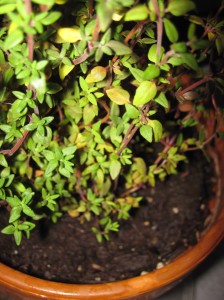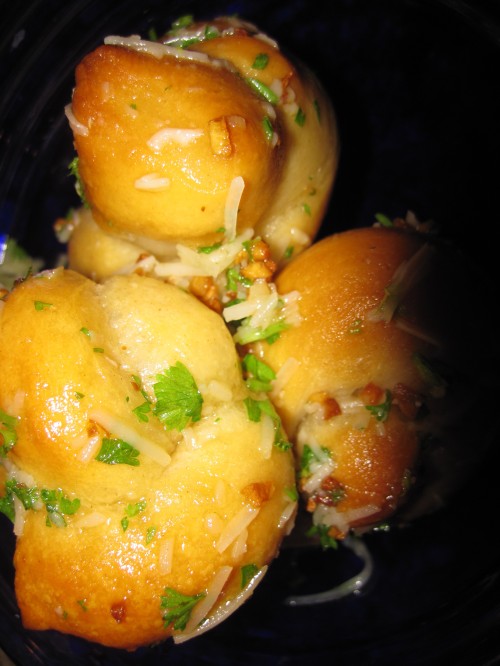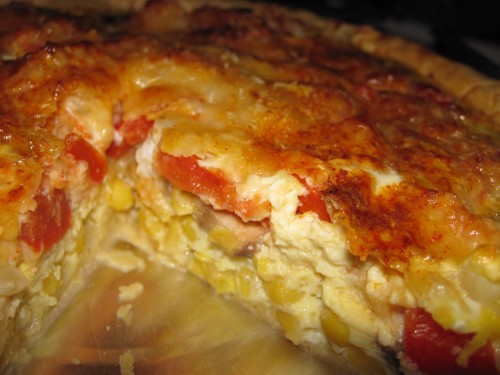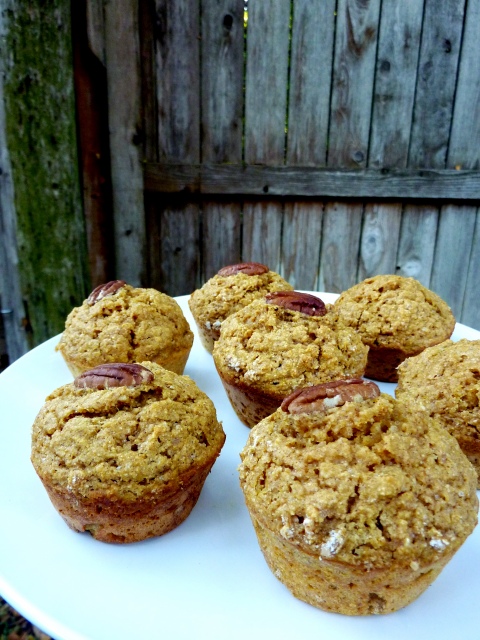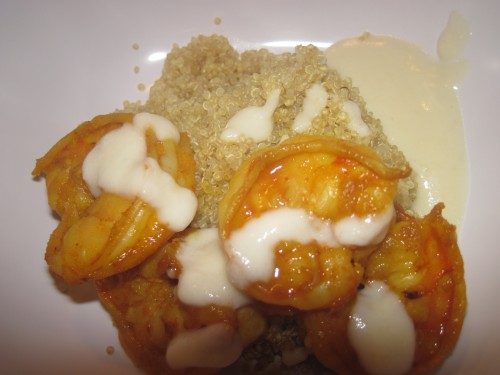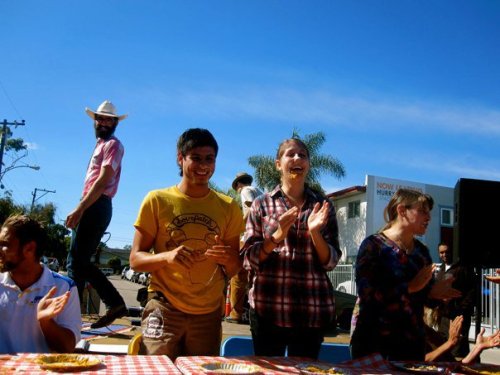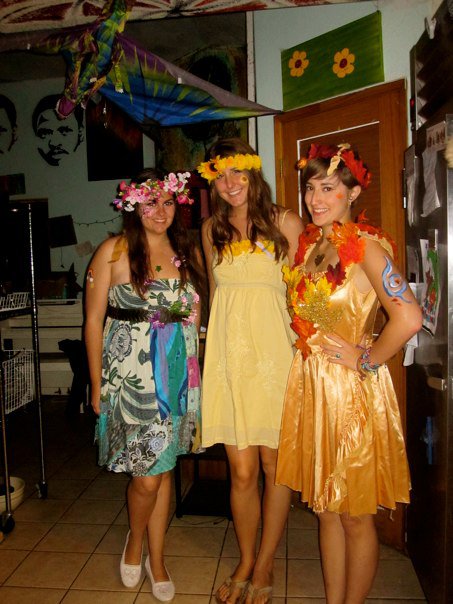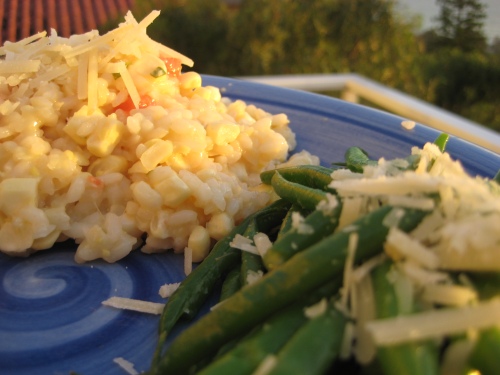Alright. I have a confession to make.
I am a fruit addict.
You think I’m kidding. But this is serious. My whole life I have loved fruit more than anything. I chalk it up mainly to the fact that when I was young if we were hungry before dinner, my parents would allow us to eat fruit but nothing else or we would ruin our dinners. That and the fact that I think fruit is the universal tastiest thing in the world. As a child, I brought fruit in my lunches, ate fruit after school, was treated with fuji apples straight off of a tree in my backyard, have had mango trees, orange trees, grapefruit trees, etc. And if you made me give up fruit for more than a week, I’m pretty sure I’d die. In Mexico last summer, we went about a week without fruit and I started to buy canned fruit because I missed fruit so much. And believe me when I say I don’t like canned fruit.
As far as I’m concerned, fruit is the only thing I need to live off of. Which is why I was so surprised when I met a girl who hated all fruit. She didn’t discriminate. She really disliked it all. And I have to say, I’m pretty sure that’s a testament to our present day food system. I admit that when it comes to fruit, it is very difficult for me to wait for strawberry season (I love them). It’s even harder for me to wait for that precious time of the year when peaches are juicy and sweet since I tend to think of peaches as my favorite fruit (but only at this time of the year). There’s nothing better than a watermelon on a summer day (even though as I stated in my last post they don’t really belong on our plates until late summer). And living a life without bananas would be really difficult for me (since they almost solely come from Ecuador and surrounding countries). But the other thing I have learned from buying these fruits off-season is that they don’t taste the same. In fact, sometimes I ruin an entire fruit for myself by refusing to wait for the right time of the year to partake in it. And this is what I think my elementary school friend was going through.
I don’t think she hated all fruit. I think she thought she did because her parents had fed her fruit that was grown in a country far away with bug repellants, fertilizers, and weed killers; picked when it was not ripe so that by the time it made it all the way to America it would look correct; and eventually fed to her tasting exactly as you would think given that it was more chemical than fruit. I can honestly say that I am lucky we had fruit trees in our backyard, that my dad would stop at a strawberry stand during strawberry season, and that in summer we would buy crates of peaches that were so delicious they would be gone in a day.
But here’s my secret: I have always disliked one fruit (and no I’m not talking about tomatoes). I couldn’t understand how this fruit was still for sale in markets. It was the papaya. My most dreaded enemy. Papaya in salsas, papaya juice, papaya by itself… I just wasn’t that into it. In fact, the only memory I have of actually enjoying a papaya was when my family vacationed in Hawaii and I had a papaya salsa there.
So imagine my thought process when my neighbor came by with the load of fruit and along with everything else was a papaya as big as my face.
I honestly thought I’d have to give the thing away. Or hide it in something with a really strong taste. But I decided to give it another try… if not solely because I thought I owed a papaya that big some sort of recognition. And here’s the crazy thing… I didn’t hate it… I actually really liked it… And I ate an entire half of that papaya in one sitting (which is a feat I am quite proud of).
So I guess this is the lesson: not that papaya is the most amazing fruit (I still vote for peaches) but instead that the reason your kids, or your friends, or potentially you yourself don’t like a fruit may be that you’re trying to force it to be good in an environment in which it is not accustomed. Either that, or you’re eating it after being sprayed with every chemical you can think of and shipped thousands of miles to get to you. I know I don’t feel or smell so great after a long plane flight. If you do, props to you. But why do we expect any different of fruit?
I am lucky enough to be in a country that has every type of fruit you can imagine year round. But they also have the weather and soil for fruit. I’ve had so many bananas and plantains (the staple foods on the Ecuadorian coast) that I may even have to take a little break from them. But here’s the crazy thing: I really miss vegetables. And yes, I really like vegetables. It’s not like my palate has changed away from fruit. I am a happy little fruit fly in Ecuador. But it’s difficult to find vegetables down here (sometimes they’re even imported from America).
So I guess here’s the thing: we all want what we can’t have. It’s true of heights (I know. I’m 6’0 and would love to shrink a little), hair color, skin color, eye color, houses, and yes. Even fruit. But just as we’re forced to make due with the our skin, eye, and hair colors, we also need to learn to stop pushing fruit season. It’s not helping us rid ourselves of a craving. It’s making us a culture that doesn’t enjoy fruit the way we used to. And if you don’t know what season each fruit is available in… there’s always google OR (and I recommend this method) heading down to your local farmer’s market (where you keep money in your local economy and can talk to farmers about produce and make relationships with them). Chances are, if a fruit is not available at the farmers market, it’s not the correct season for that fruit.
So yes. Papaya did change my life a little. I think next winter I’ll stick to the winter apples that are available, and enjoy eating some vegetables for a change.

